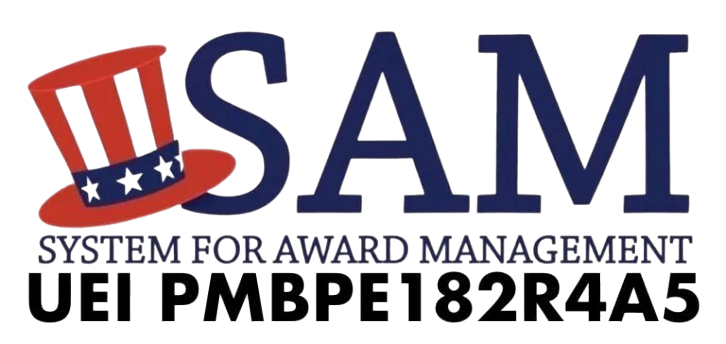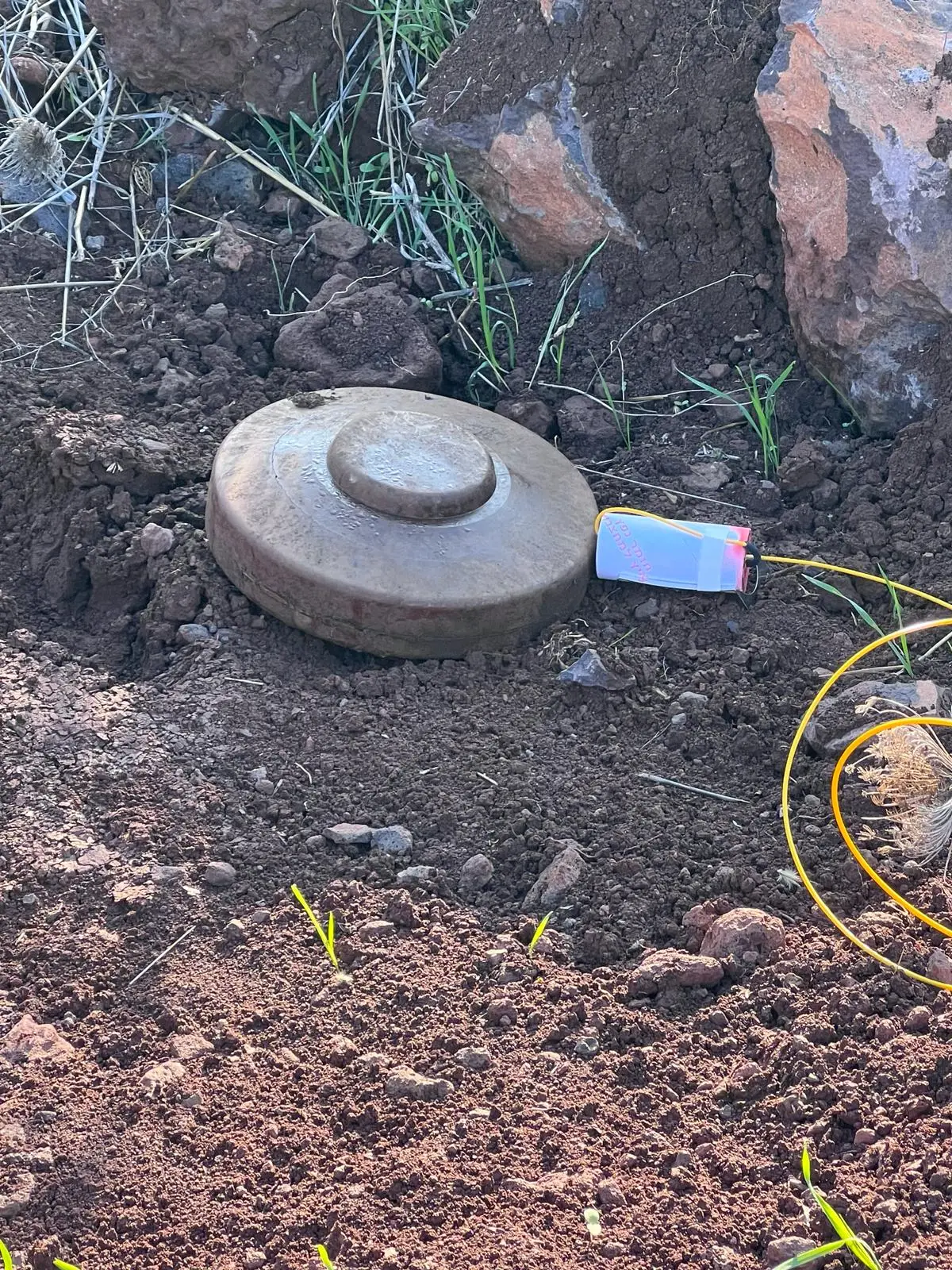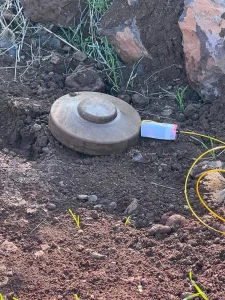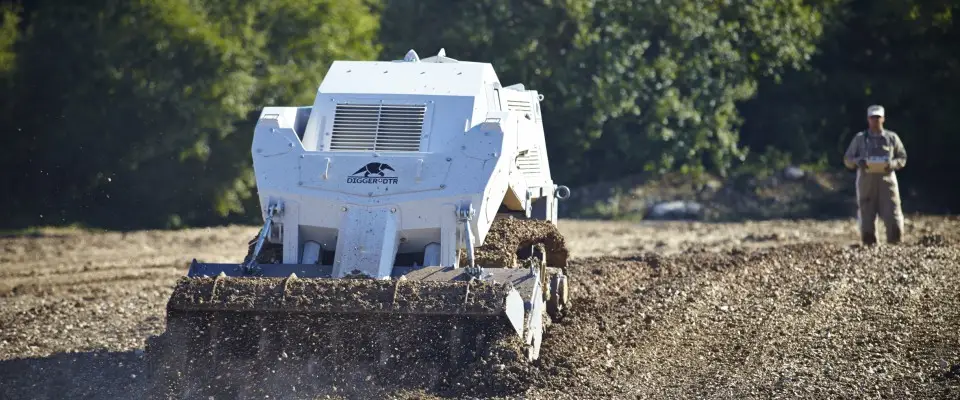Unexploded ordnance (UXO) refers to explosive weapons that did not explode when they were used. These include bombs, grenades, landmines, and artillery shells. UXO can remain dangerous for many years after a conflict ends. They pose serious risks to people, animals, and the environment. UXO is often found in former war zones or military training areas. Removing them requires special skills and equipment. UXO clearance helps make land safe for farming, building, and daily life. Learning about UXO is essential for safety and awareness. This guide explores what UXO is, its dangers, and how it is handled worldwide.
What is Unexploded ordnance (UXO)?
Unexploded ordnance (UXO) did not function as intended when used. It is still very dangerous and can still blow up. UXOs comprise bombs, grenades, landmines, and missiles. They are usually near sites of battles and wars. Old UXOs can also be deadly. If people tamper with or move them, they can get hurt or killed. Explosive ordnance disposal teams are taught to remove or destroy UXOs. These deadly materials are a huge issue in many countries across the globe.
Types of Unexploded Ordnance (UXO)
Unexploded ordnance (UXO) comes in many forms. Each type was made for a different purpose during war or military training. Here are some common types:
- Bombs
These are dropped from aircraft. Some are very large and can cause massive damage. If they do not explode on impact, they become UXOs. Old bombs from past wars are still found today.
- Grenades
Grenades are small, hand-held weapons thrown by soldiers. If a grenade does not explode after being thrown, it becomes a UXO and can still go off.
- Landmines
Landmines are placed in the ground and explode when someone steps on them or drives over them. Some landmines do not explode and remain hidden for years, making the area dangerous.
- Mortar Shells
Mortars are fired from a tube and hit targets from a distance. If a mortar shell fails to explode when it lands, it becomes a UXO.
- Artillery Shells
These are large projectiles fired from cannons or tanks. Like mortars, if they do not explode, they are considered UXOs and remain dangerous.
- Missiles and Rockets
These are used in air or ground attacks. Sometimes, they fail to explode, and when this happens, they remain dangerous until safely removed.
- Cluster Munitions
These bombs break into smaller bombs in the air. If some of the small bombs don’t explode, they become UXOs. These are especially dangerous because they can be spread over a wide area.
Each type of UXO can still explode, even years later. That’s why it is vital never to touch or move them. Only trained experts should handle UXOs.
The Risks Associated with UXO
The risk of unexploded ordnance (UXO) is high. Even if it did not explode in use, it could still explode later. UXOs can be found in many places where there have been wars or large battles. They pose serious risks to people, animals, and the environment.
Physical Danger
UXOs are highly dangerous because they remain capable of exploding. Even decayed UXOs can explode if touched, moved, or disturbed, resulting in injuries or fatalities to people in the vicinity.
Risk to Civilians
Many UXOs are located in areas where people live, farm, or walk. Children are particularly at risk because they can mistake a UXO for a toy. Farmers can strike a UXO while working the fields, causing accidental bursts.
Environmental Damage
Environment UXOs are bad for the environment. Blasts can obliterate soil, plants and water sources. Sometimes, chemical residues from old explosives drain and taint the soil.
Economic Impact
UXO makes the safe use of land difficult for people. Farmers can’t plant crops, and builders can’t break ground on new projects. Decontaminating UXO areas is costly and time-consuming and stymies development.
Humanitarian Concerns
UXOs are commonly discovered in post-conflict locations. This makes it more difficult for communities to recover from war. Some may be too afraid to return to their homes or rebuild their lives. UXOs also block the way to schools, clinics, and markets.
Military and Emergency Risks
Soldiers, police and emergency personnel are also at risk from UXOs. They should be taught to know them and stay away from them. Clearance teams are required to relocate or demolish UXO.
How to Identify UXO?
Common Signs of UXO
A UXO may look like a rusted metal object, a bomb, or a shell. It might be partially buried or lying on the ground. Some UXOs have visible fins or a fuse. They may be marked with numbers or military paint. A strange object in an area once used for conflict could be a UXO. It might also be found in fields, forests, or construction sites.
How to Identify a UXO Safely
Never touch or move a suspicious object. A UXO may look old or harmless, but it is still dangerous. Stay away if you see wires, a metal case, or something out of place. Mark the location from a safe distance if possible. Use landmarks to remember the spot.
What to Do if You Find a UXO
Stay calm and do not approach the object. Leave the area the same way you came. Warn others to keep away. Report it to the police or local authorities as soon as you can. Provide precise details about the location and what you saw.
Where Do You Get UXO Service?
You can get UXO (Unexploded Ordnance) services from specialized companies like 4M Defense UXO Services. They help find and safely remove explosives from construction sites, military areas, or old battle zones. 4M Defense UXO Service offers expert support for surveys, clearance, and safety plans. These services are essential to keep people safe and projects running smoothly in areas where explosives are still present.
Final Words
UXO severely threatens communities, environmental health and economic development in many parts of the world. Detection, assessment, and proper disposal of UXO are necessary to regain land use without threatening users and residents. Whether you’re working in construction, land use planning, or environmental remediation, it’s imperative that you’re aware of the dangers of UXO and work together with certified EOD experts. Stay informed, stay safe, step into the future of a secure and UXO-free world.







